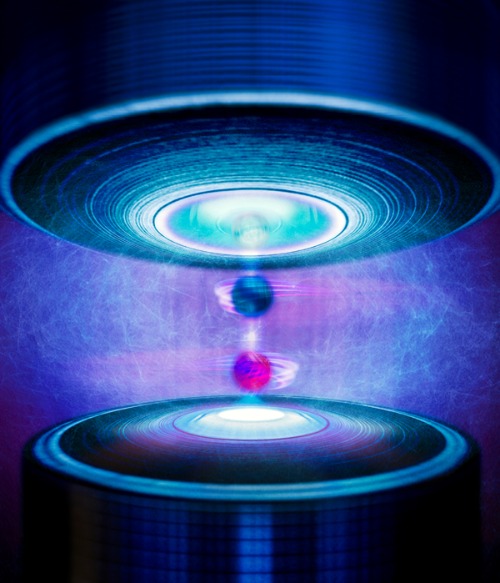Apr. 4, 2024
The noise in silicon-based quantum computers is mainly electrical in origin, a RIKEN team has found1. This finding will help to suppress noise in future quantum computers.
Quantum computers are set to revolutionize computing since they harness the quantum properties of tiny objects to perform calculations that are not possible using conventional computers.
Like most people, however, quantum computers struggle to perform calculations in noisy environments. In the case of quantum computers, the noise is not audible, but rather it comes from a variety of sources and can be electrical or magnetic. It has the effect of degrading the ‘quantumness’ of qubits—the quantum equivalent of bits—which can introduce errors in calculations.
One of the most promising platforms being pursued for quantum computers involves tiny silicon structures known as quantum dots. One big advantage they have is that many quantum dots can be squeezed into a small area, which will help to scale up to the larger quantum computers needed to tackle practical problems. However, cramming a lot of qubits close together will increase the likelihood they will be affected by noise.
But little has been known about the main sources of noise for qubits made from silicon quantum dots.
Now, a team led by Seigo Tarucha of the RIKEN Center for Emergent Matter Science has measured the noise between two silicon qubits that were 100 nanometers apart.
To their surprise, they found that the noise the two qubits experienced displayed similar patterns over time. This similarity points to a common source of noise, which the team found is electrical in origin.
This finding was not what the researchers had anticipated. “We initially thought that the metal gates in our device would largely shield the qubits from charge noise,” says Tarucha. “But the screening turned out to be smaller than we had expected.”
This finding has important ramifications for the design of future quantum computers based on silicon qubits. “It will be important to modify device geometry to suppress this noise that affects multiple qubits simultaneously,” says Tarucha. “We believe this can be done.”
In addition, the nanoscopic approach adopted in this study provides a powerful tool for investigating noise correlation between silicon qubits. “Noise correlation significantly influences the fault tolerance of quantum computers, error-correction protocols and the design of multi-qubit devices,” says Tarucha. “However, there has been no accurate way to measure it until now.”
“We plan to analyze the correlation-noise characteristics more accurately and to optimize device design so as to minimize noise correlation,” adds Tarucha. “We eventually want to apply the concept to implement devices with large numbers of qubits.”
Reference
- 1.Yoneda, J., Rojas-Arias, J. S., Stano, P., Takeda, K., Noiri, A., Nakajima, T., Loss, D. & Tarucha, S. Noise-correlation spectrum for a pair of spin qubits in silicon. Nature Physics 19, 1793–1798 (2023). doi: 10.1038/s41567-023-02238-6













